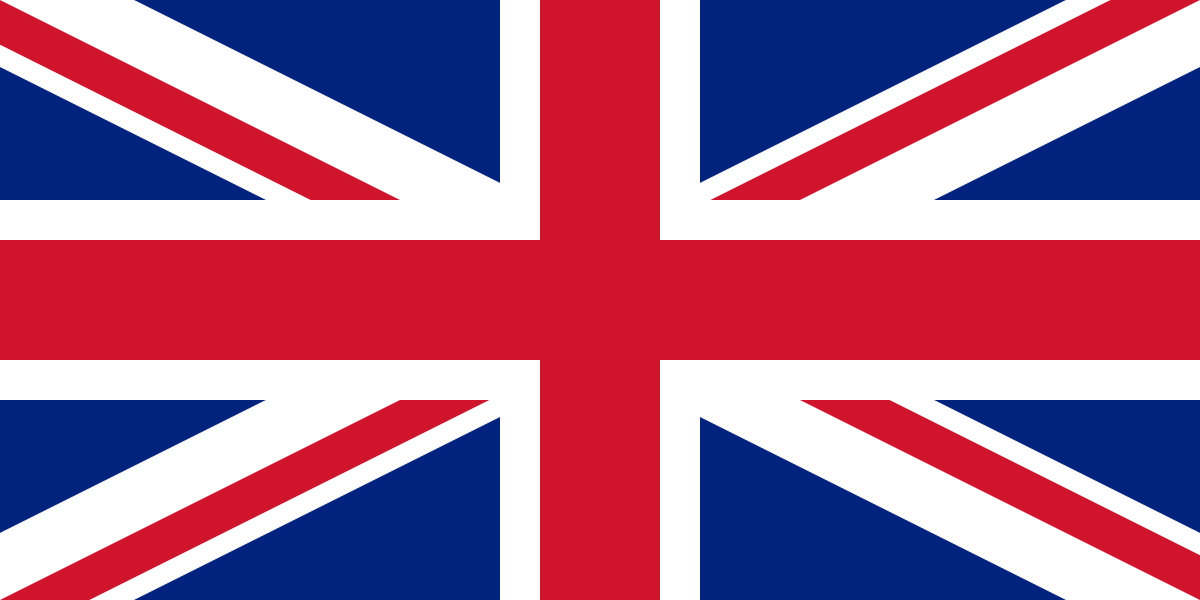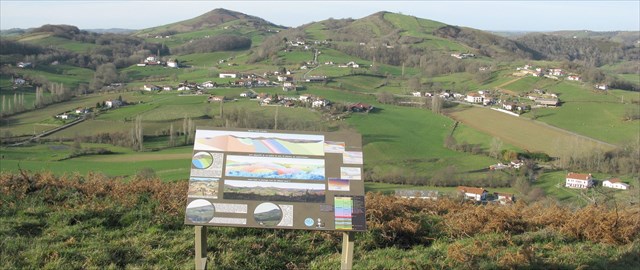 Le karst est une structure géomorphologique résultant de l'érosion hydrochimique et hydraulique de toutes roches solubles, principalement de roches carbonatées dont essentiellement des calcaires. Des structures karstiques se rencontrent en outre dans des chlorures évaporitiques. Des processus de type karstique, dits « pseudokarstiques », peuvent aussi se développer dans certaines roches autres que les roches carbonatées ou les chlorures évaporitiques.
Le karst est une structure géomorphologique résultant de l'érosion hydrochimique et hydraulique de toutes roches solubles, principalement de roches carbonatées dont essentiellement des calcaires. Des structures karstiques se rencontrent en outre dans des chlorures évaporitiques. Des processus de type karstique, dits « pseudokarstiques », peuvent aussi se développer dans certaines roches autres que les roches carbonatées ou les chlorures évaporitiques.
Par ailleurs, des morphologies analogues à celles résultant des processus karstiques ou pseudokarstiques se rencontrent dans certaines zones glaciaires : inlandsis, glaciers... Les structures glaciaires ou les géomorphologies correspondantes sont ainsi dénommées glaciokarsts, cryokarsts ou thermokarsts.
Les karsts présentent pour la plupart un paysage tourmenté, un réseau hydrographique essentiellement souterrain (rivières souterraines) et un sous-sol creusé de nombreuses cavités : reliefs ruiniformes, pertes et résurgences de cours d'eau, grottes et gouffres. Selon les régions du monde, les structures karstiques portent des noms spécifiques ; ainsi, sur les marges sud et ouest du Massif central, les plateaux karstiques sont dénommés « causses ». (Source Wikipédia)
 The karst is a geomorphological structure resulting from the hydrochemical and hydraulic erosion of all soluble rocks, mainly carbonate rocks, mainly limestones. Karstic structures are also found in evaporite chlorides. Karstic processes, known as "pseudokartic" processes, may also develop in some rocks other than carbonate rocks or evaporite chlorides.
The karst is a geomorphological structure resulting from the hydrochemical and hydraulic erosion of all soluble rocks, mainly carbonate rocks, mainly limestones. Karstic structures are also found in evaporite chlorides. Karstic processes, known as "pseudokartic" processes, may also develop in some rocks other than carbonate rocks or evaporite chlorides.
In addition, morphologies analogous to those resulting from karstic or pseudokartic processes are found in certain glacial zones: ice sheets, glaciers ... The glacial structures or the corresponding geomorphologies are thus called glaciokarsts, cryokarsts or thermokarsts.
The karsts mostly present a tormented landscape, an underground hydrographic network (subterranean rivers) and a subsoil excavated by numerous cavities: ruiniform reliefs, losses and resurgences of streams, caves and chasms. According to the regions of the world, karstic structures bear specific names; Thus, on the south and west margins of the Massif Central, the karstic plateaus are called "causses". (Source Wikipedia)

Pour valider la cache :
To validate the cache :
1 - Comment appelle t'on les pointes hérissées du lapiaz ?
What do you call the spiky tips of the lapiaz ?
2 - Par quoi sont colmatées les brèches du karst ?
What are the karst gaps clogged up with ?
3 - Comment est la roche devant laquelle vous vous trouvez ? : Lisse, rugueuse, friable
How is the rock before which you are ? : Smooth, rough, friable
4 - Une photo (non obligatoire) sera la bienvenue.
A photo (not obligatory) will be welcome.
Vous pouvez loguer avant d'envoyer vos réponses, par mail ou via le centre de messagerie ; je vous contacterai en cas de problème.
You can log in before sending your answers, by email or via the messaging center ; I will contact you in case of problem.